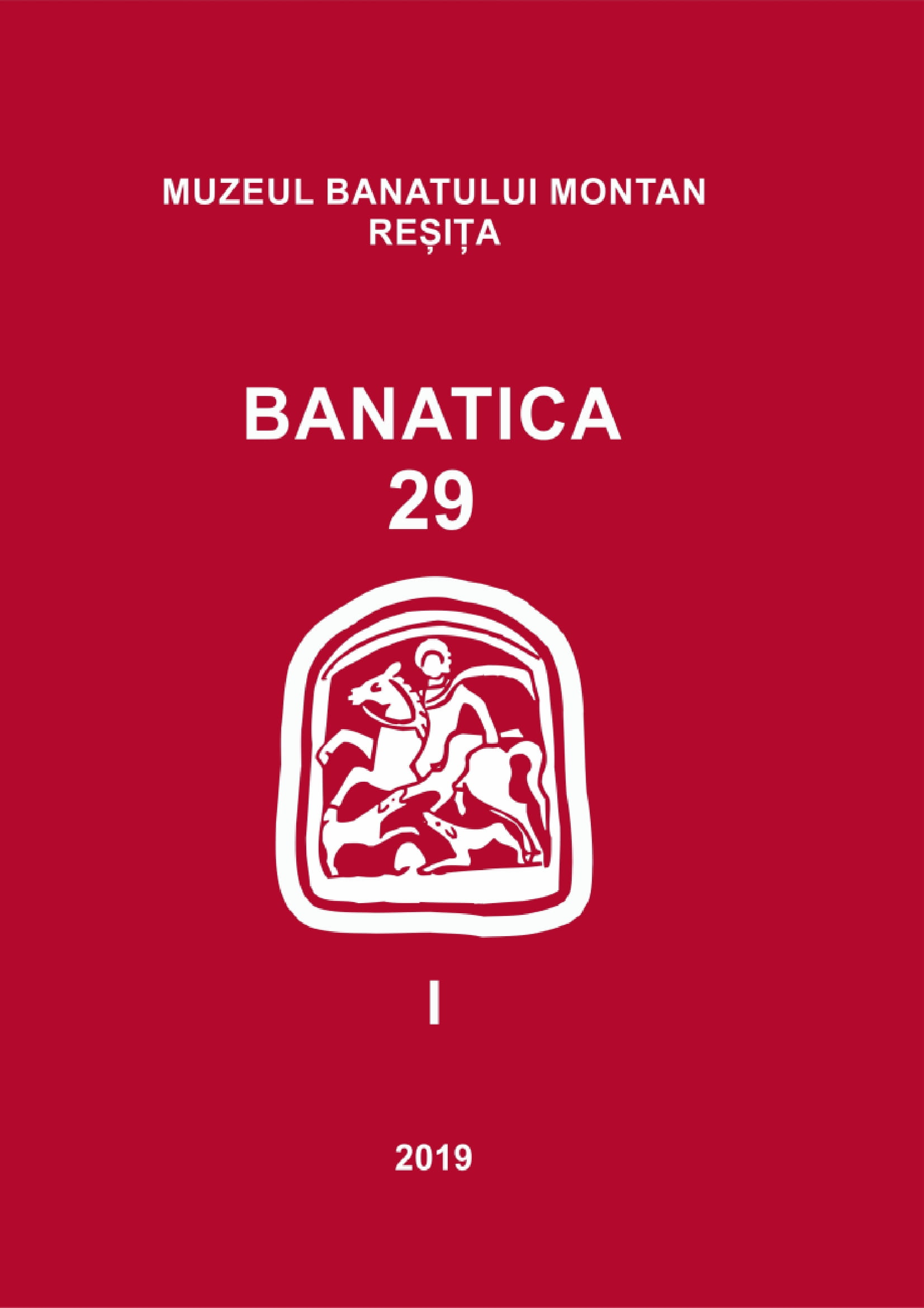Date asupra resturilor de faună din așezarea celtică (La Tène B2-C) de la Giarmata, județul Timiș
Data about the faunal remains from a celtic site (La Tène B2-C) at Giarmata, Timiș county
Author(s): Georgeta El SusiSubject(s): History, Archaeology, Economic history, Local History / Microhistory, Ancient World
Published by: Editura Mega Print SRL
Keywords: Giarmata; Celts; animal exploitation; domestic fows; hunting
Summary/Abstract: The Celtic site at Giarmata-Baraj was investigated during rescue excavations on the Timişoara-Lugoj highway. On this occasion 41 complexes were excavated, assigned to the late Bronze Age (Cruceni-Belegiš culture), the second Iron Age and the Early Middle Ages. From the Celtic habitation (4th-3rd century BC) about 544 animal bones were recovered, originating in several dwellings (cx.1, 4, 15, 17a, 18, 32, 37, 38, 40-43), and pits (cx. 22, 41, 47). Mammals total 530 pieces, of which 393 are completely determined; 109 are unidentified splinters and 28 fragments from red and roe deer antlers. The share of the domesticates accounts for 94.1%, compared to only 2.46% the wild. To note the appearance of fowl bones (cock), which is a characteristic of the samples of this epoch. NISP-wise, the bones of cattle prevail by 33.91%, followed by pig (23.09%), sheep and goats (20.15%), horse (10.07%) and dog (6.88% ). The red deer totals 2.21% and the beaver 0.25%. As NMI-wise, cattle account for 29.51%, followed by sheep and goats (26.23%), pig (22.95%), horse (11.47%) and dog (3.28%). 138 fragments originated in 18 bovines, of which three individuals were killed between 12-18 months (16.67%), the same proportion between 2-3 years and 11 over 3 years (61.11%). Among them, three were 3-4 years old, one 4-6.5 years old (5.55%) and five 6.5-9 years old (27.78%). 94 pig bones belong to 14 individuals, sacrificed as follows: seven individuals (50%) before one year, five specimens (35.72%) in the second year and two between 2-3 years (14.28%). Thus, the subadulte animals, which have reached a certain body weight were preffered, the young animals occasionally. The 82 bones of small ruminants were assigned to at least 16 specimens. About 16 fragments were assigned to goat, 26 to sheep and 40 not clear specified. The goat's material comes from two animals sacrificed between 18-24 months, one between 6-12 months and another between 4-6 years. Based on a goat radius of 164 mm GL, a withers height of 65.27 cm was estimated. The sheep bones suggest seven individuals, one of them killed between 6-12 months, another one between 18-24 months, three between 2-4 years and two over 4 years. Including the undetermined specimens, out of 16 presumed animals, 17.75% were sacrificed before one year, 37.5% between 2-4 years, 25% between 2-4 years and 19.75% over 4 years. It seems that exploitation of small ruminants was a mixed one, targeting meat and dairy products, wool. Animals under 3 months are missing, slaughtering for meat is performed especially after reaching a certain body weight. 41 bones belong to seven horses. Certainly it was used in the consumption of the Celtic communities at Giarmata. The slaughter profile indicates one individual 15-18 months old, two animals 2-3.5 years old and four over 4.5-5 years. Of these, three were maximum 5-8 years old. Measurements taken on its bones indicate a heterogeneous population with small and medium-sized specimens. The dog has 28 bones from two animals, an adult and another 12-15 months old. A pair of coracoids, ulnae, femurs, tibiotarsus, tarsometatarsals, a cox, a radius and a scapula were determined from the skeleton of a cock. Among the game to mention the red deer and beaver bones, their share is only 2.46%. By its features, the Giarmata faunal sample, generally falls within the economic pattern of other European Celtic settlements, namely: low rate of the game, cattle prevalence, appearance of the fowls, cervids antlers processing, using of the horse for food and utility purposes, domestic species less robust and not too high.
Journal: BANATICA
- Issue Year: 1/2019
- Issue No: 29
- Page Range: 95-121
- Page Count: 27
- Language: English, Romanian

